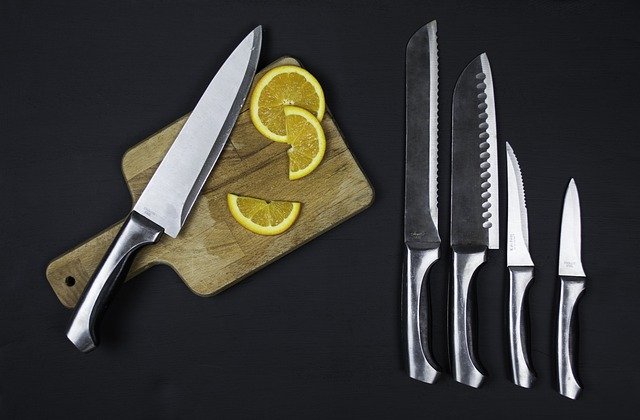Safe Storage Methods to Preserve Edge and Hygiene
Proper storage of kitchen cutlery helps maintain a sharp edge and reduces contamination risks during foodprep. This article outlines practical, safe methods for storing blades made from steel, carbon, or ceramic, and covers handle care, ergonomics, and routine maintenance to extend tool life and protect users.

Proper storage is a key part of knife care that directly affects edge retention and kitchen hygiene. A poorly stored blade can nick, dull, or transfer contaminants to foodprep surfaces. Simple habits such as wiping blades dry, choosing the right storage option, and keeping handles clean minimize corrosion and bacterial buildup. This article explains methods that support both safety and long-term maintenance, balancing protection for steel, carbon, and ceramic cutlery while considering sharpening and honing routines.
Why proper storage protects blades and edge
Blades need protection from impact and moisture to preserve the edge and grind. When left loose in a drawer, competing utensils can chip ceramic edges or deform a fine grind on carbon or stainless steel. Storing knives so that edges do not contact other metal surfaces prevents micro-damage that accelerates dulling. Dry environments reduce rust risk for carbon steel; a light oil coating on carbon blades before long-term storage can also help. Regular inspection after storage reveals any nicks early, allowing timely sharpening rather than emergency blade replacement.
Storage options for steel, carbon, and ceramic
Not all storage fits every steel type or ceramic. Wooden knife blocks and magnetic strips are common: blocks shield edges and keep blades separated, while magnetic strips save counter space but must hold knives securely and avoid metal-on-metal contact. Ceramic blades are brittle and benefit from slots that cradle the blade without pressure on the edge. For carbon steel, choose dry, ventilated storage to limit oxidation. Sheaths or blade guards offer portable protection and are useful for drawer storage, especially when space is shared with other utensils.
Hygiene and maintenance for cutlery and foodprep
Hygiene begins at storage by keeping blades clean and dry before stowing. Food residues trapped in crevices or on handles encourage bacterial growth. Wash knives immediately after use, dry thoroughly, and sanitize handles and bolster areas where food can accumulate. Avoid storing damp knives together; moisture encourages cross-contamination and corrosion. Periodic deep cleaning of blocks, magnetic strips, and sheaths prevents buildup. For professional or shared kitchens, label or separate knives to maintain food safety standards during foodprep.
Sharpening, honing, and preserving grind
Edge maintenance complements storage. Honing realigns the edge and should be performed regularly, while sharpening removes material to restore a blunt edge. Proper storage reduces the frequency of sharpening by preserving the grind between sessions. Ceramic blades require different tools—diamond abrasives—whereas steel blades can be serviced with whetstones or guided sharpeners. After sharpening, clean and dry blades thoroughly before storage to prevent slurry residue from causing stains or contamination.
Handles, ergonomics, and safe placement
Handle condition and ergonomic placement matter for safety. A secure, dry handle prevents slips when retrieving knives from storage. Consider storage height and accessibility: store commonly used knives within easy reach but out of children’s access. Magnetic strips should be mounted at a comfortable height and with sufficient magnetic force to prevent accidental drops. Knife blocks should present handles forward so the knife is gripped without touching the blade. Regularly inspect handle fastenings and material for wear that could compromise a safe grip.
Practical storage solutions and long-term care
Combine storage choices for different needs: a block for daily chef’s knives, magnetic strip for frequently used tools, and sheaths for travel or drawer safety. Rotate knives periodically to detect early corrosion or dulling. For long-term storage, wrap blades in oil-treated cloth for carbon steel, and use silica gel packets in storage cases to control humidity. Maintain a schedule for honing and sharpening tied to usage rather than calendar days; heavier foodprep workloads require more frequent attention. These practices extend functional life while keeping cutlery safe and sanitary.
Conclusion
Thoughtful storage reduces damage to edges, supports proper maintenance routines like honing and sharpening, and decreases contamination risks during foodprep. Matching storage method to blade material—steel, carbon, or ceramic—protects the grind and edge geometry, while attention to handle ergonomics and cleanliness enhances user safety. Consistent habits and periodic inspection create a safer, more hygienic kitchen environment and extend the usable life of your cutlery.





